Batik is a labor-intensive painting of fabric, as a result of which unique products of extraordinary beauty appear. The article describes the most popular types and technologies of batik.
Contents
- What is batik - definition, types
- What you need for a batik: fabrics, frames, paints
- Cold Batik: Technique for Beginners
- Video: Cold Batik Technology for Beginners
- Video: Master Class "Poppies".Panel in the technique of cold batik on cotton
- Hot batik: technique for beginners
- Video: Master class. Hot batik
- Knotted batik: technique for beginners
- Video: Master class on knot batik, pattern "Spiral"
- Batik painting, painting on fabric, silk - paintings, panels
- Batik ideas - still life, poppies, abstraction, flowers, roses, horses, sakura, fish, owl, sea theme, sunflowers, iris: photo
- Batik in the interior: ideas, photos
- Batik on the T-shirt: ideas, photos
- Video: T-Shirt, knot batik
Seeing once the marvelous painting on the cloth, forget it will not succeed. The originality of the motives, combined with the complexity of the performance, express the inner views and mood of the master. At the same time, connoisseurs and owners of exclusive things, painted in batik technique, emphasize their individuality and good taste.
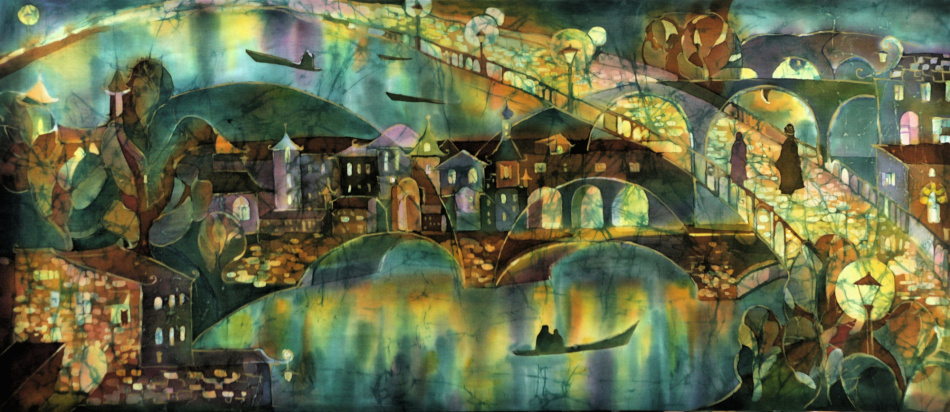 Batik
Batik What is batik - definition, types
Batik( "batik" - a drop of wax, ind.) - painting on the fabric, performed by hand. This kind of creativity, widespread in China, India, Japan and African countries, is gaining popularity in Europe. More and more modern needlewomen are choosing for themselves this unusual, but very fascinating occupation - painting the fabric.
The technique is based on the principle of applying special silk, cotton, synthetic or woolen fabrics that have been pretreated with paraffin, rubber glue, or other reservoirs with a special paint.
 Batik - hand-painted fabric
Batik - hand-painted fabric The first fabrics, painted in batik technique, appeared in the 4th century BC.Ancient Egyptians buried mummies wrapped in these amazing beauty of matter.
Batik types:
- Cold batik - the reserve composition is applied over the contour and left to dry. Then the drawing is painted with special paints. The safest way.
- Hot batik - the cloth is applied to the melted wax and after it has solidified the pattern is painted with different colors.
- Free painting - preliminary reservation is not performed, paints with a thickener are used in the work.
- Knot batik - on the fabric knot the knots and twist it before staining. This allows you to get unusual stains and patterns.
- Shibori( sibori) is a pattern resulting from the staining of a folded fabric. Japanese technique of drawing an image.
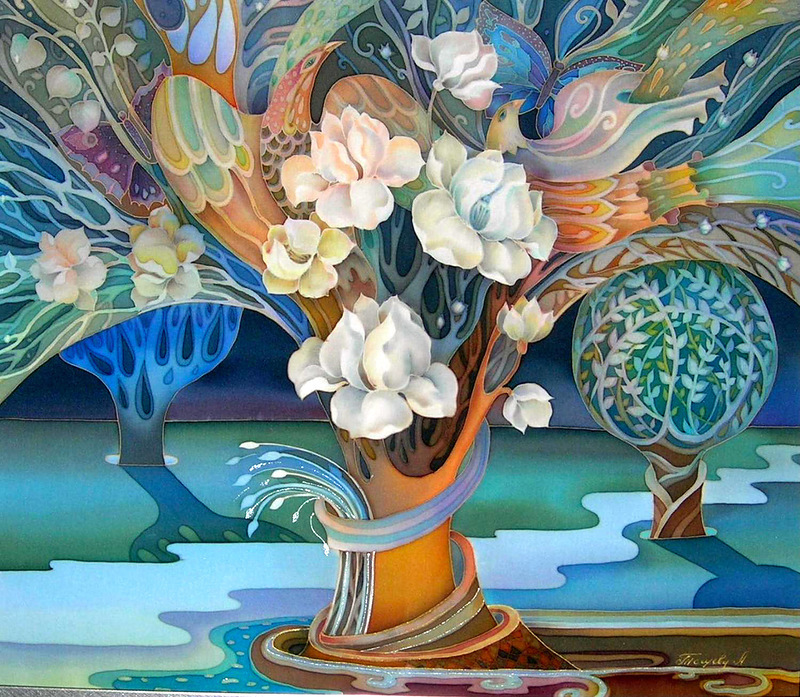 Cold Batik
Cold Batik Indonesia is a country of hot batik. With the help of melted wax, women create huge pictures, which, according to Indonesians, have medicinal and magical properties.
In Batumi, Nigeria gained popularity in the mid-20th century. The technology of the African batik( adire) consists in applying to the fabric the feathers of a starch solution and then painting the pattern in the color of indigo. Also in Nigeria, a nodular method of dyeing a tissue is often used.
What you need for a batik: fabrics, frames, paints
In order to engage in batik, you will need such materials, tools and adaptations:
- Cloth for painting( silk, synthetic, wool, satin, viscose).
- Embroidery frame( for small areas), frames, subframes, buttons for fastening the material in the frame.
- Brushes of different thicknesses with synthetic and natural bristles. For large drawings - flutes, for painting - round.
- A set of paints( thermo-fastened and "for steaming"), pipettes, sprayers, special glass tubes.
- Watering and chanching necessary while working with hot wax.
- Stamps, carbon paper sheets, stencils, contour pencils and blends, vanishing marker.
- Priming compounds, effect salts, wax reserves, contours.
- Hairdryer with a cold drying regime.
IMPORTANT: Silk paints are marked with silk. They are more fluid and transparent than textile paints, labeled Textile.
Cold Batik: Beginner Technician
For those who decide to tackle cold batik, it is necessary to prepare :
- washed and ironed fabric( silk or cotton)
- acrylic paints or gouache
- reserving compound, glass tube for its application and syringing
- embroidery frameor subframe
- brushes natural or synthetic, water and wipes for cleaning
- palette for mixing and diluting paints
- stencil
IMPORTANT: To gently pick and then apply, cutPut the glass tube into the spout. At this time, on the other side, insert the syringe, by pressing on which it will be possible to regulate the amount of fluid delivered and discharged.
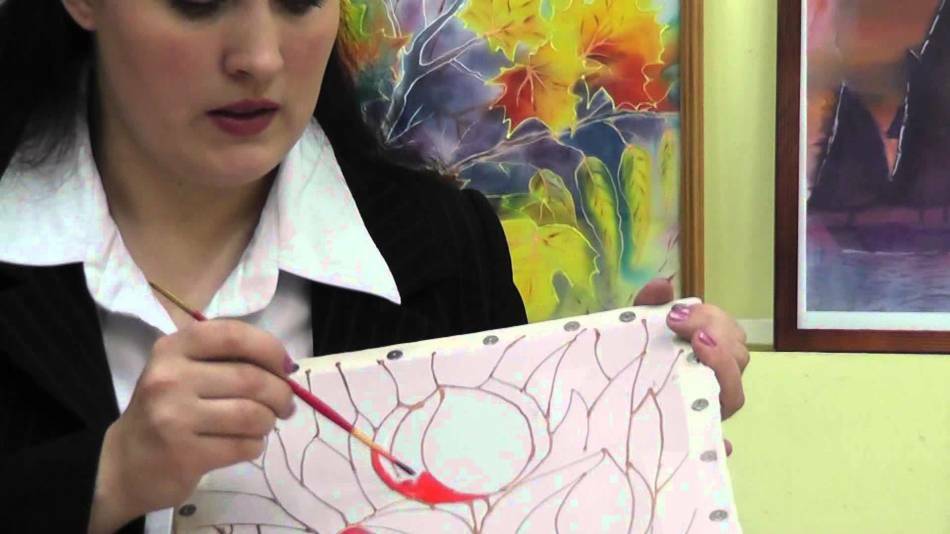 Cold batik:
Cold batik: execution technique After the tools have been prepared, the can be used to start the :
- Fasten the fabric to the frame or embroidery frame so that it is tightly stretched.
- Apply a pattern to the fabric with a pencil( stencils and templates can be used).
- Carefully repeat the circuit with a backup compound. Be sure that the contour is not interrupted, and the reservoir is well absorbed into the tissue.
- Leave for 1 hour to dry.
- Check the contour for integrity, correct if there are imperfections, leave for final drying.
- While the contour is dry, flush the tubing with gasoline and leave to dry.
- Apply the paint to the drawing. First of all, light colors are applied, then darker ones. In this case, both concentrated and diluted paint is used.
- Remove excess moisture from the painted large parts of the picture with a dry cotton wool disc.
- Leave the pattern for a day to dry.
- Remove from the frame.
IMPORTANT: If the painting is hanging on the wall, you can proceed with its design immediately after it dries. If the thing is intended to be worn on the body, the batik must be fixed and treated with steam.
 Cold batik for beginners
Cold batik for beginners Video: Cold batik technology for beginners
Video: Master class "Poppies".Panel in the technique of cold batik on cotton
Hot Batik: Technique for Beginners
Hot Batik is performed with the use of a heated backup composition. By means of it, a contour is applied and individual elements of the pattern are covered to prevent spreading of the paint. The reserving composition can be prepared independently by one of the following recipes:
- Recipe # 1.Paraffin( 330g) + Vaseline( 170g).
- Recipe No.2.Paraffin( 250g) + Vaseline( 125g) + wax( 125g).
- Recipe # 3.Petrolatum( 105g) + paraffin( 400g).
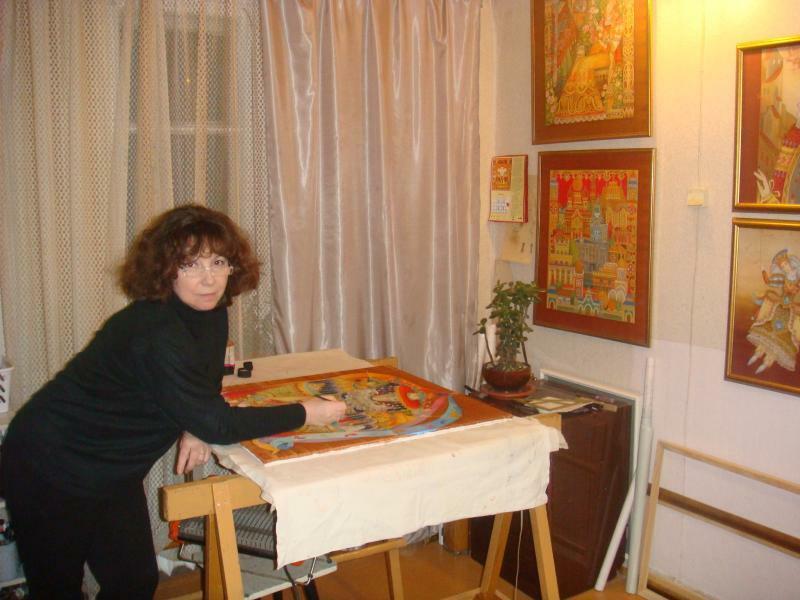 Batik master at work
Batik master at work In addition to reserving structure, prepare such materials and tools :
- fabric
- paints for hot batik
- brushes
- palette
- subframe or hoops
- water
- iron
- old newspapers
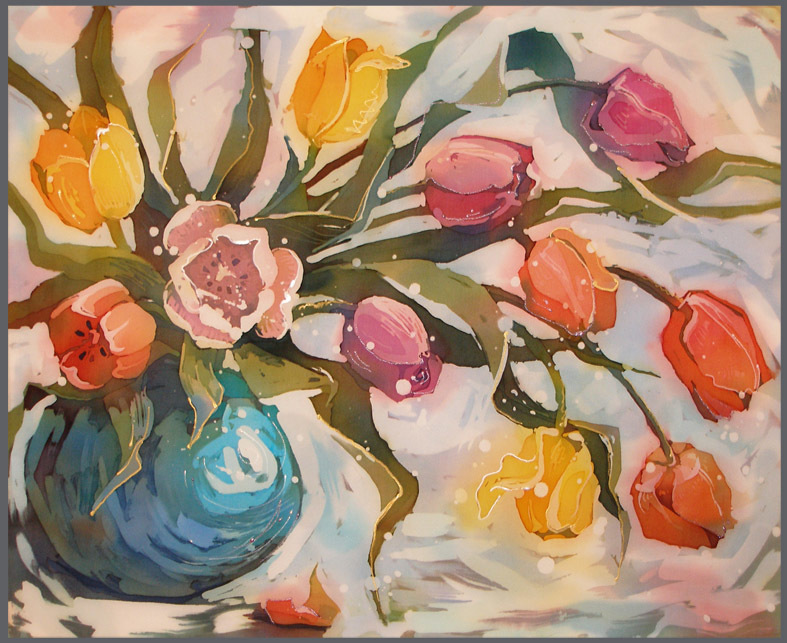 Hot batik
Hot batik Work progress:
- Draw a sketch on paper.
- Pull the fabric in the frame or on the stretcher.
- Place the picture on the fabric.
- Reserve with the help of the reserved reserving composition those places in the figure that must be left unshaded.
- Coat the dyes of the light shades of the drawing elements.
- Leave to dry.
- Coat the picture with bright colors in the picture.
- Use darker colors in your work.
- Again leave to dry, then cover the parts with the backup.
- Apply the darkest colors, dry the pattern and completely cover it with a redundant wax compound.
- Remove the subframe.
- Layer by layer, remove the reservoir from the drawing, ironing with a hot iron between newspaper sheets.
- Ready to work in the frame.
IMPORTANT: Newspapers for ironing batik should be old. If you use fresh newspapers, work can be spoiled by printed on the fabric newspaper lines.
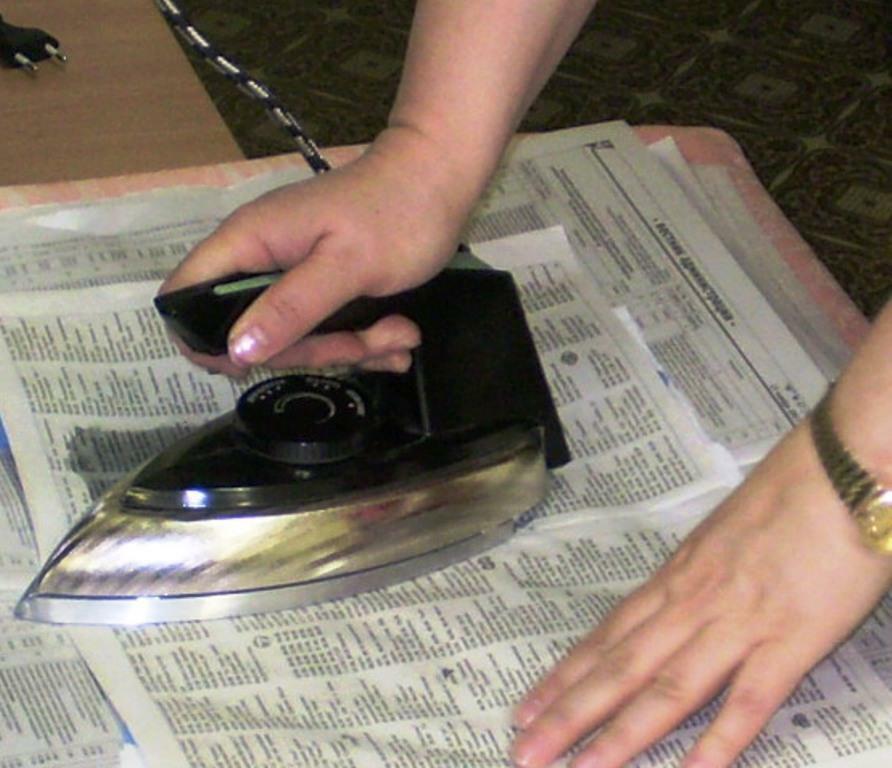 Removal of wax from ready batik
Removal of wax from ready batik Video: Master class. Hot Batik
Knot Batik: Technique for Beginners
The principle of nodal batik is the mechanical reservation of tissue. On the folds and in the nodes, matter either does not stain at all, or it is painted in a lighter shade. Technique of nodal batik is available to everyone. It is not necessary to have artistic skills to deal with this fascinating kind of mural painting.
Materials and accessories:
- cotton light fabric
- aniline dyes for cotton fabrics
- dense yarn, rope, harness or cord
- palette
- coloring container
- spatula for stirring
 Knot batik
Knot batik All work in knotting technique consists of three stages:
Stage 1 .Prepare fabric for painting by one of the following methods:
- sew
- tie
- twist
- fold
- Fold
IMPORTANT: Inside knots and folds, you can place buttons, pebbles, shells and other small items. The effect of such experiments may be completely unexpected.
Stage 2 .Dip the prepared cloth into a container with a diluted dye. If you want to get smooth blurry color transitions - pre-moisten the fabric. To form sharp color boundaries, leave the matter dry.
IMPORTANT: Staining is carried out following the instructions of the ink instruction. Some manufacturers recommend to preliminarily immerse the tissue in boiling saline solution, but only after it has boiled, gradually introduce into the salt water the dye.
Stage 3 .After the matter has dyed, rinse it under running water. First time with the nodules, then untie them.
IMPORTANT: The selected backup method determines the final pattern that will be obtained as a result of the work performed.
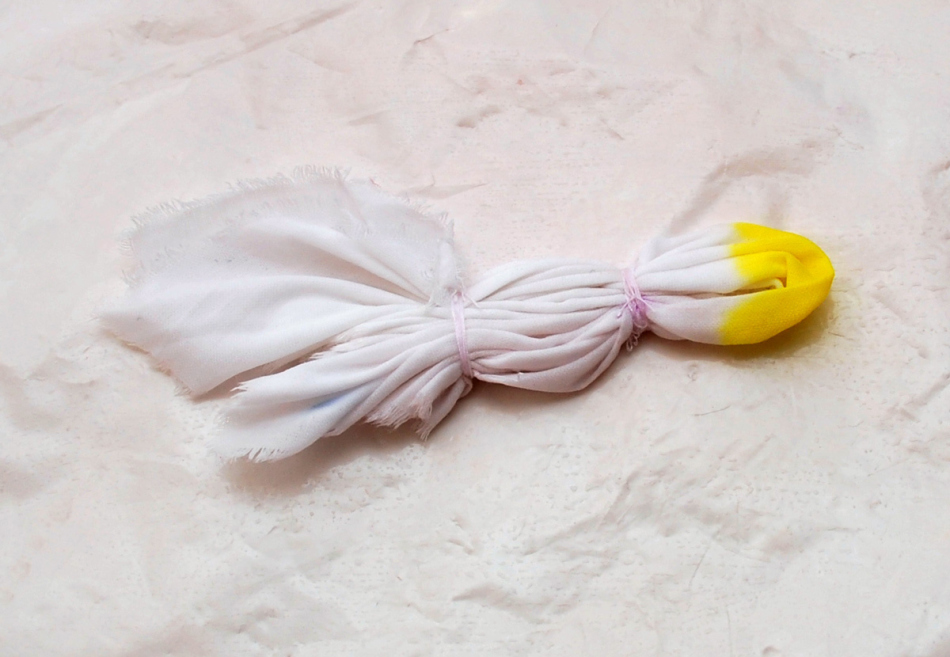 Batik: technique of performing
Batik: technique of performing Video: Master class on knotted batik, pattern "Spiral"
Batik painting, painting on fabric, silk - paintings, panels
Batik technique allows you to create real masterpieces that later decorate apartments and houses. Paintings and batik panels, made in various ways, can become a highlight of any interior, and bright colors and strange patterns - to revive even the most rigorous situation.
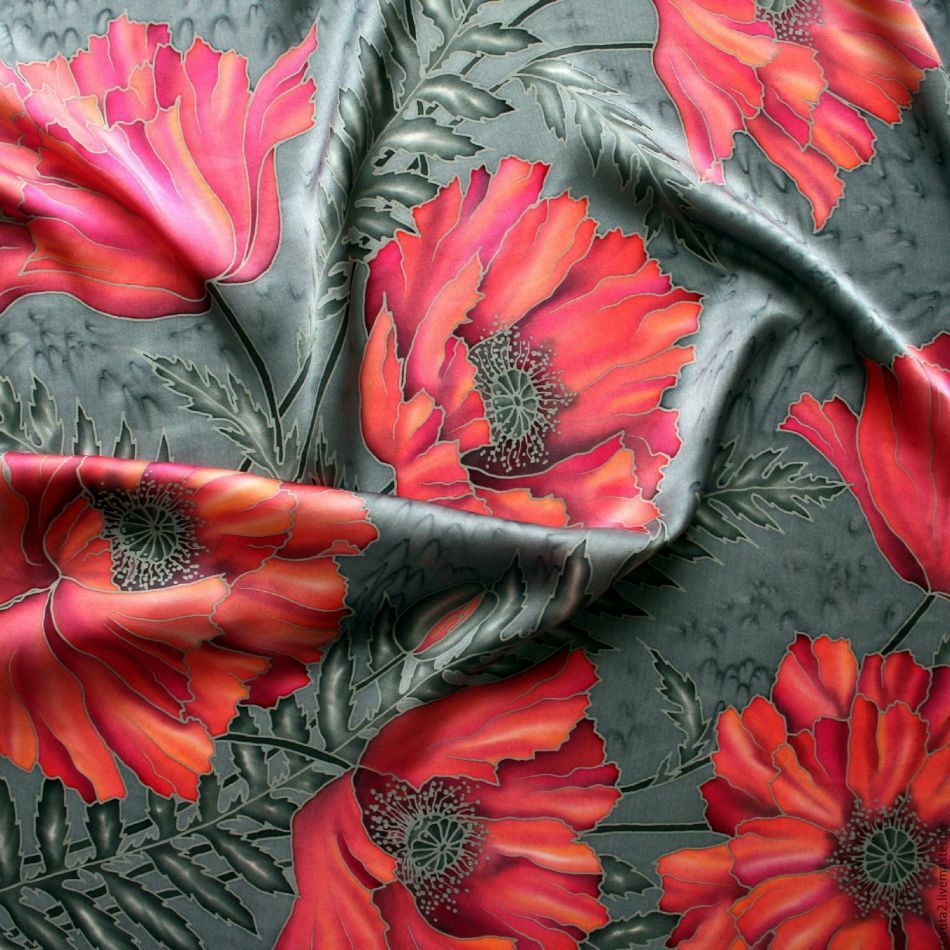 Painting on silk, batik
Painting on silk, batik 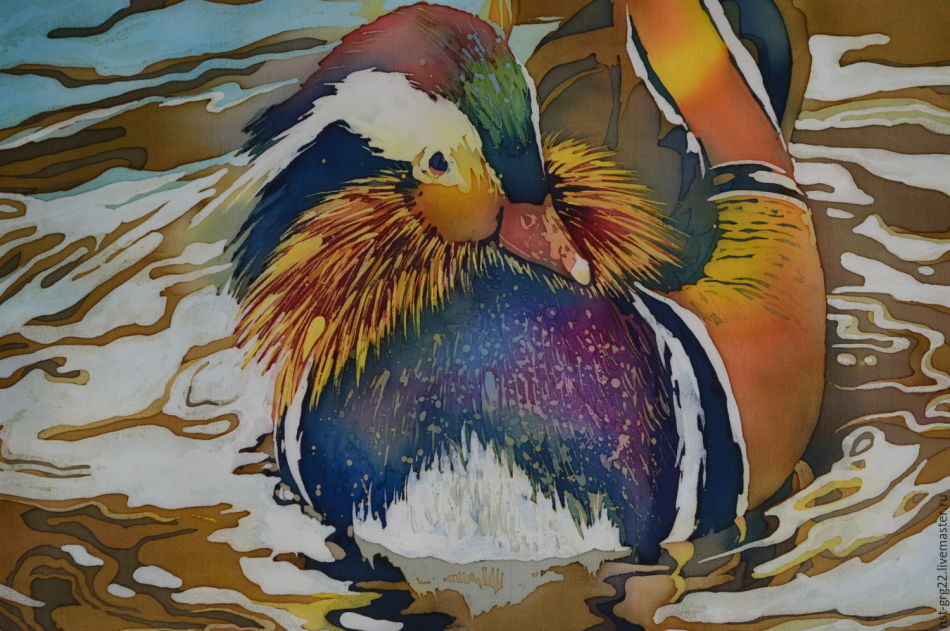 Batik, panel
Batik, panel Batik ideas - still life, poppies, abstraction, flowers, roses, horses, sakura, fish, owl, sea theme, sunflowers, iris: photo
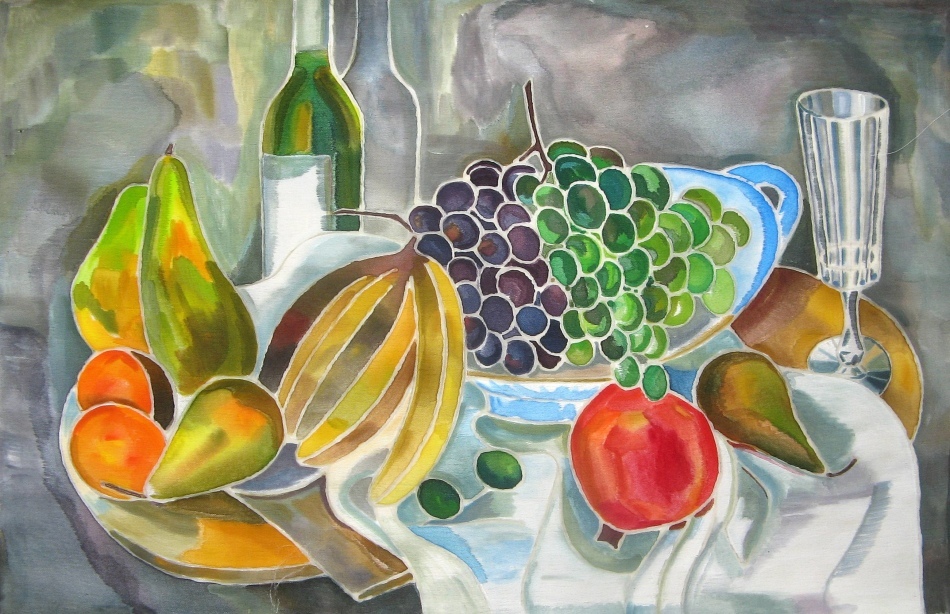 Batik, still life
Batik, still life 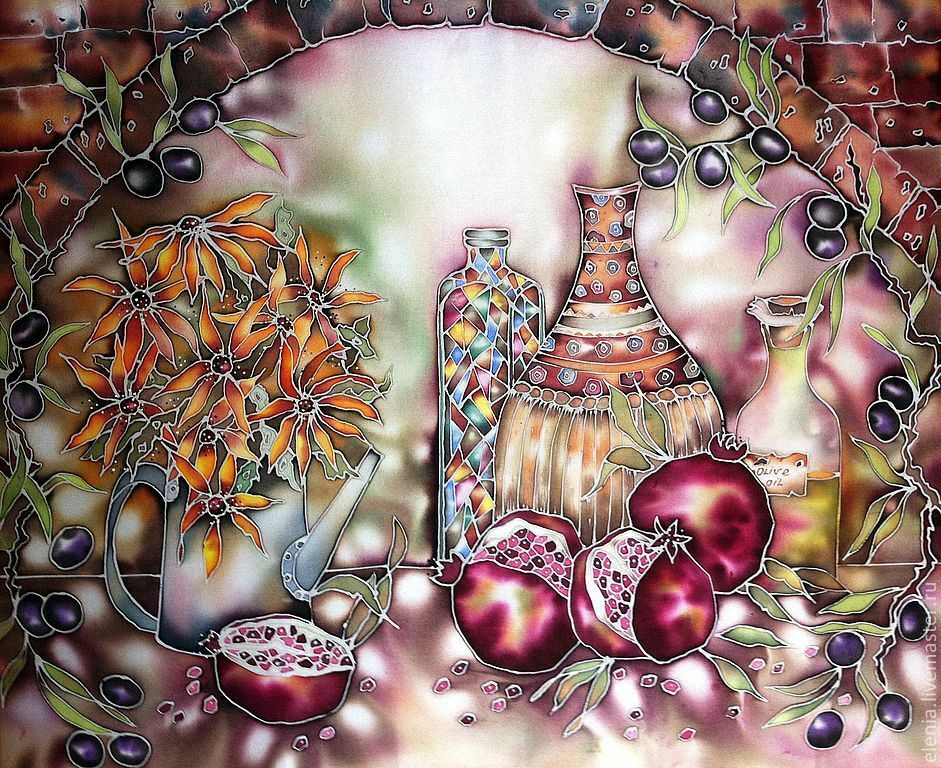 Batik. Panel. Still life
Batik. Panel. Still life 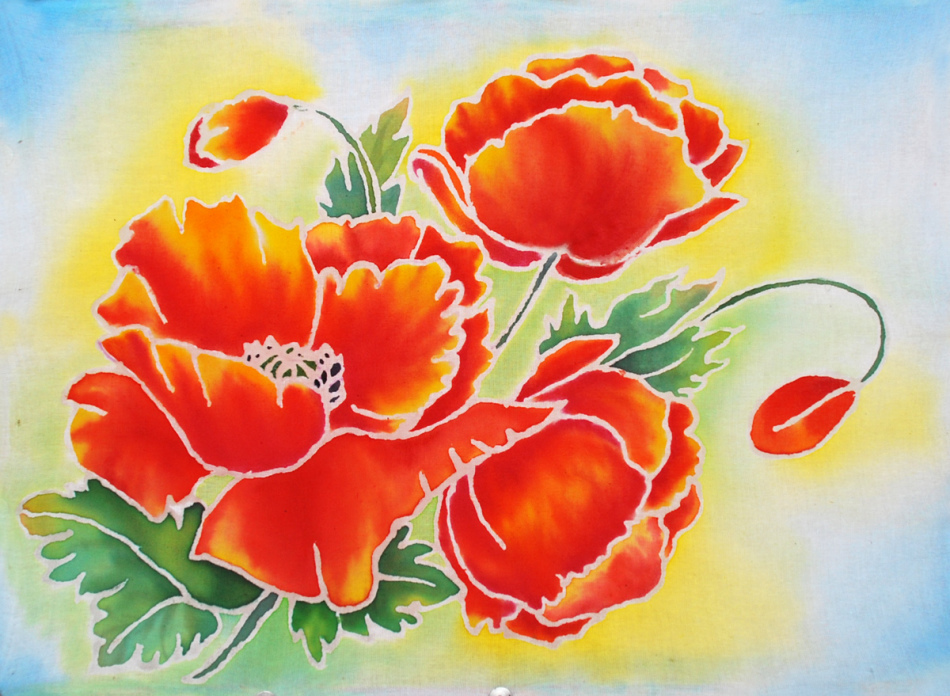 Batik, poppies
Batik, poppies 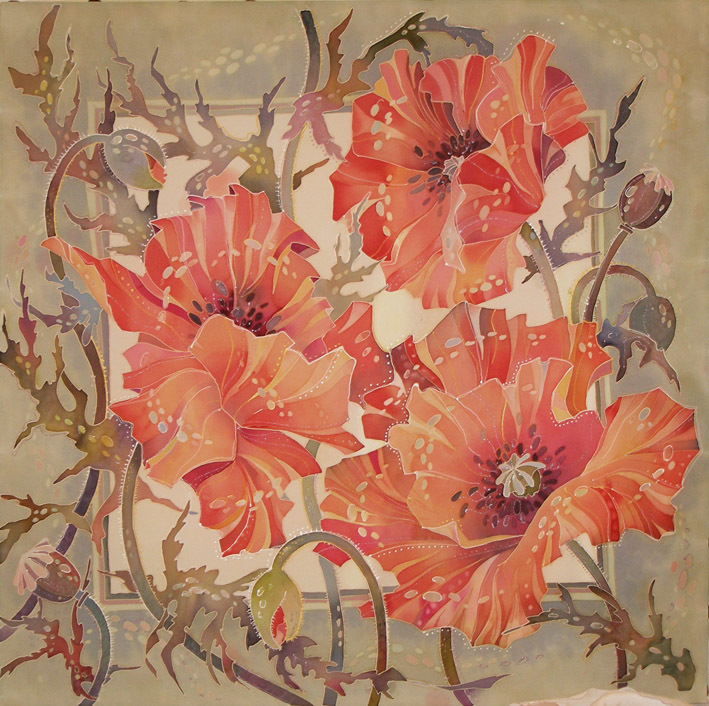 Batik, shawl "Poppies"
Batik, shawl "Poppies" 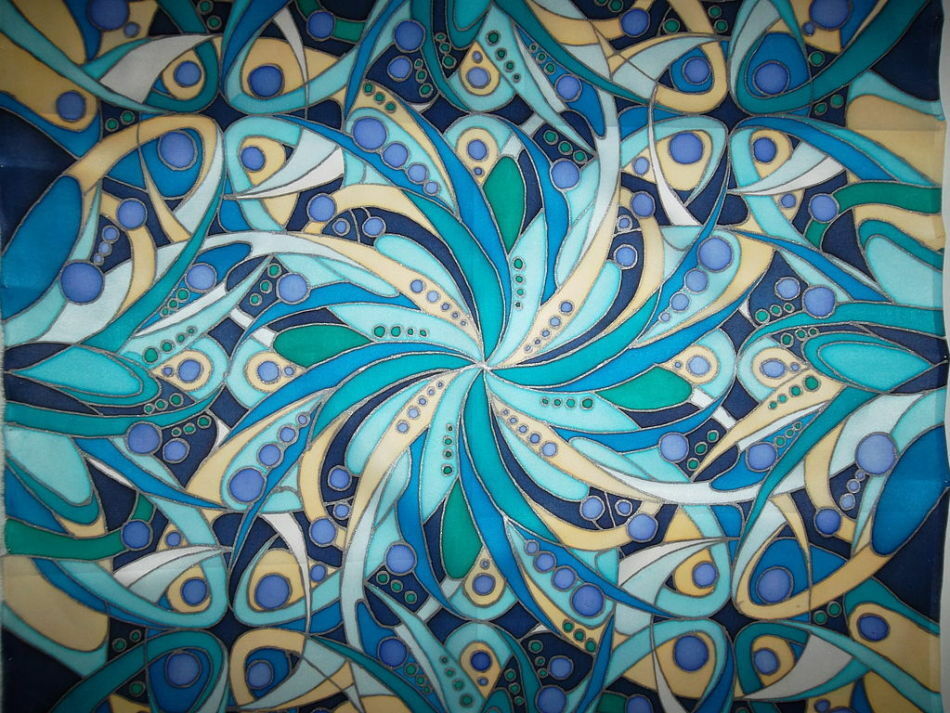 Batik, abstraction
Batik, abstraction 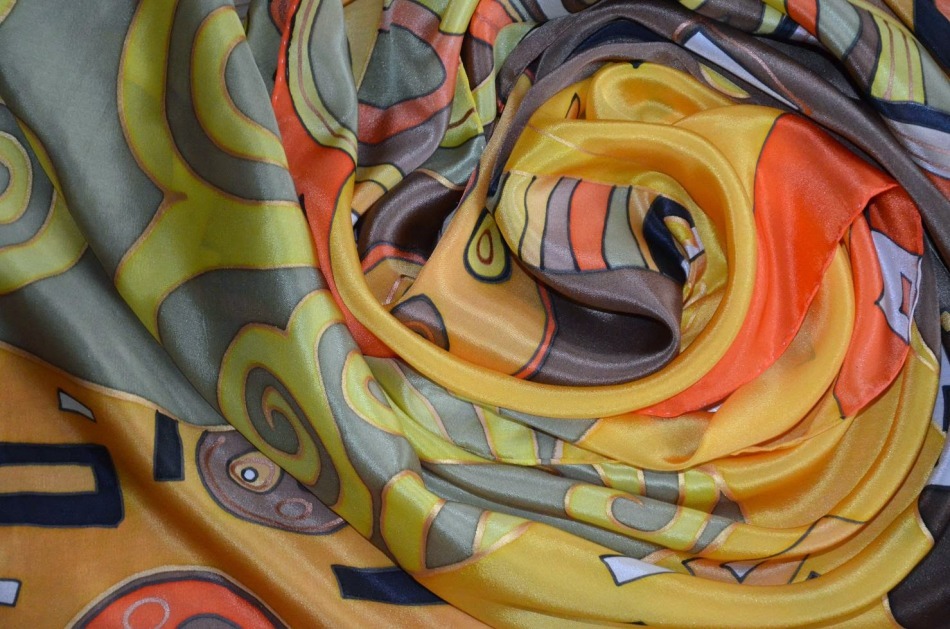 Scarf "Abstraction".Batik
Scarf "Abstraction".Batik 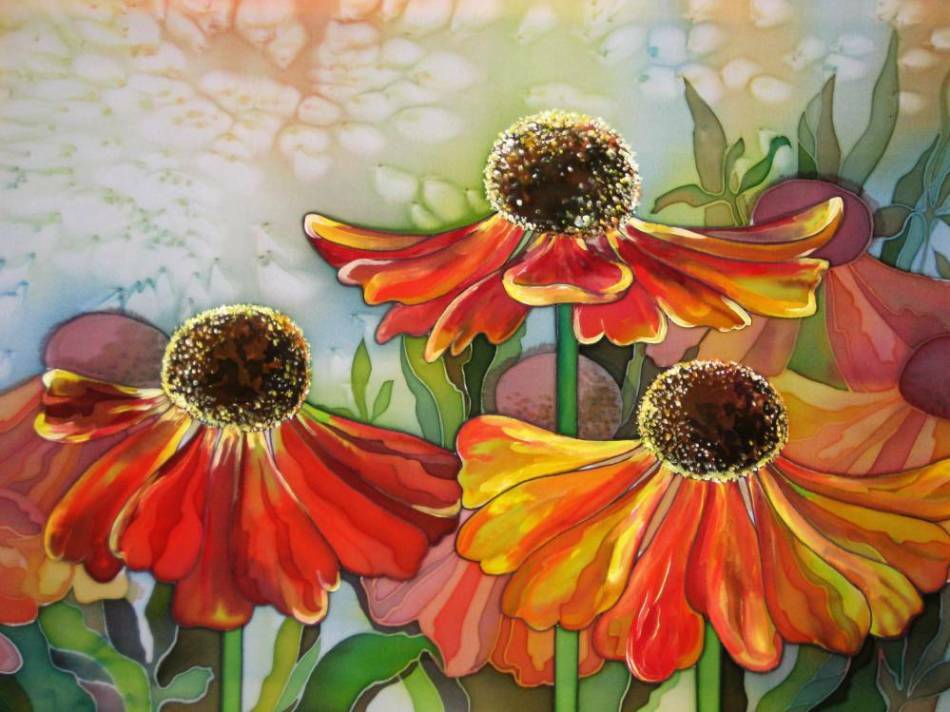 Batik, flowers
Batik, flowers  Batik, wildflowers
Batik, wildflowers 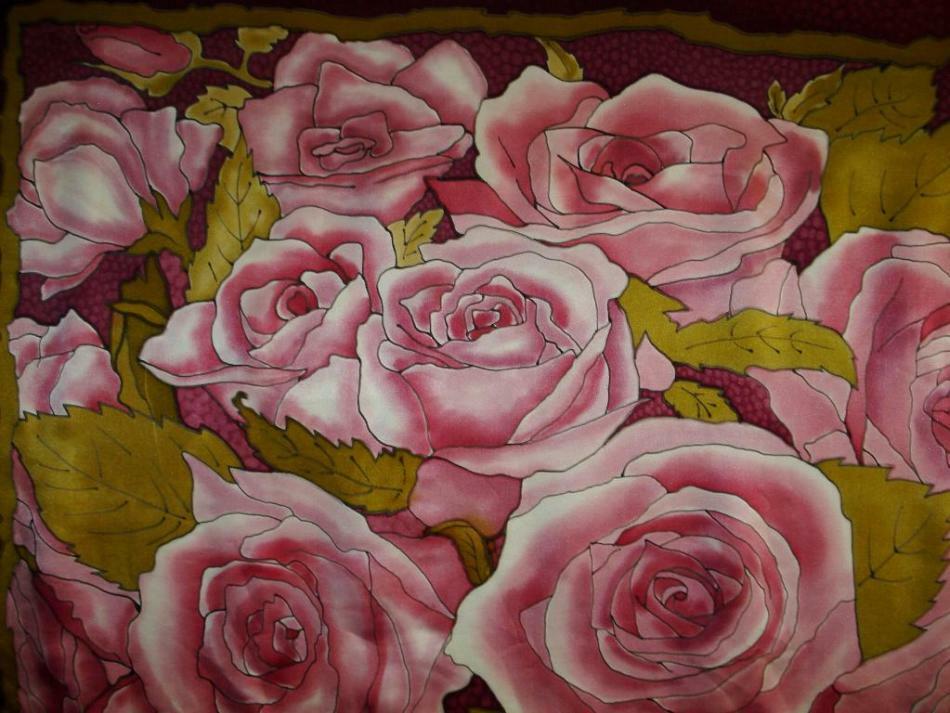 Scarf "Roses".Batik
Scarf "Roses".Batik 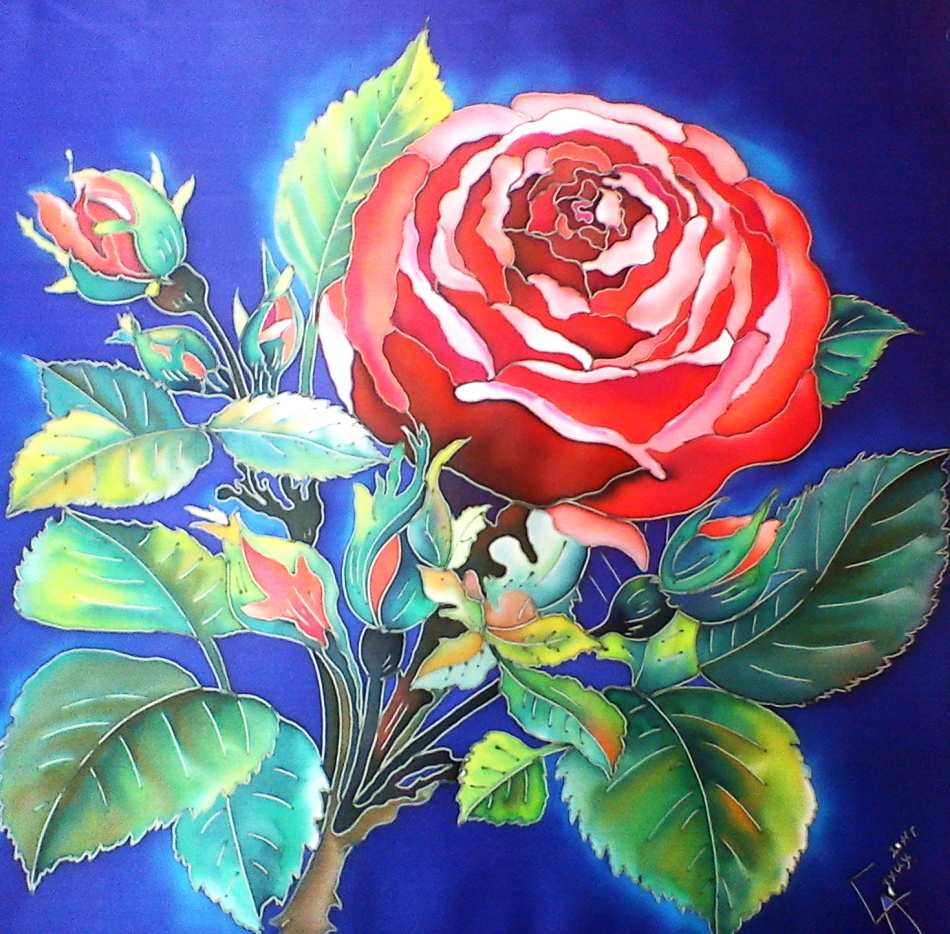 Rosa, batik
Rosa, batik 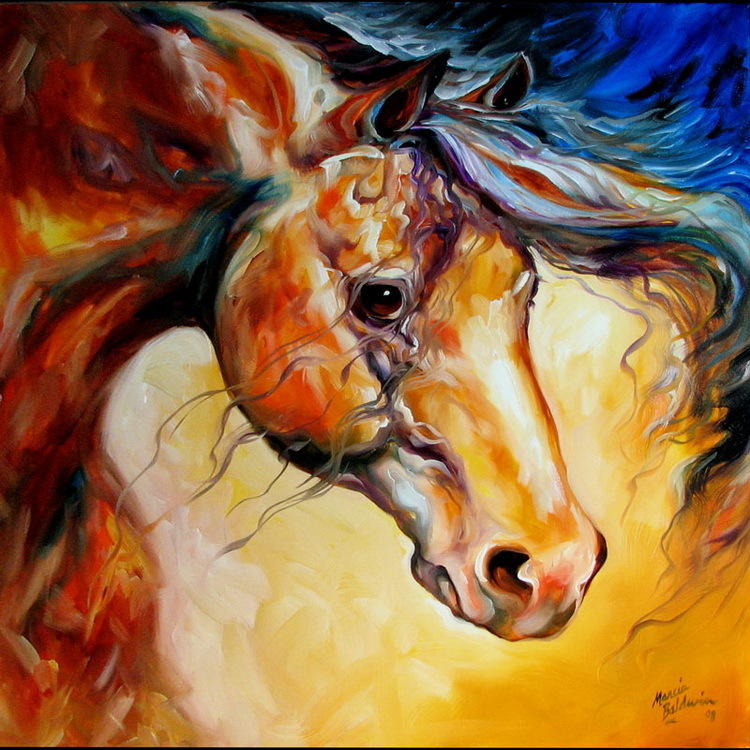 Horse, batik
Horse, batik 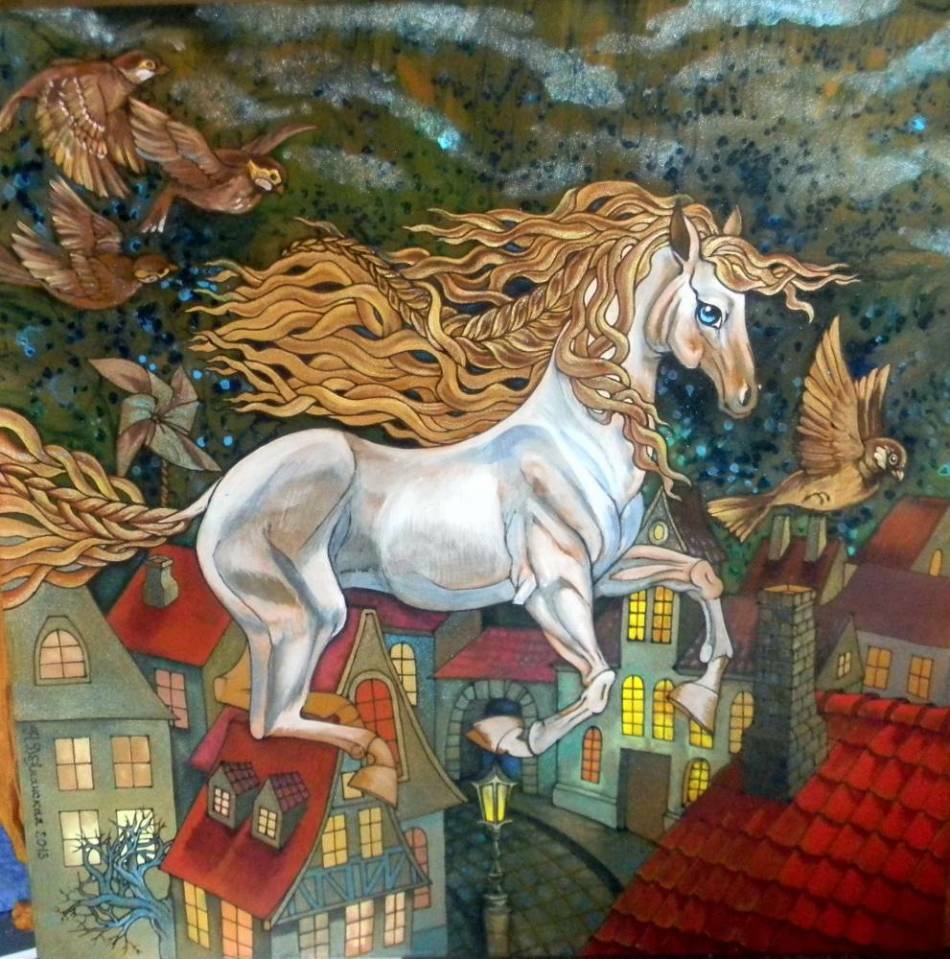 Batik. Painting "Horse"
Batik. Painting "Horse" 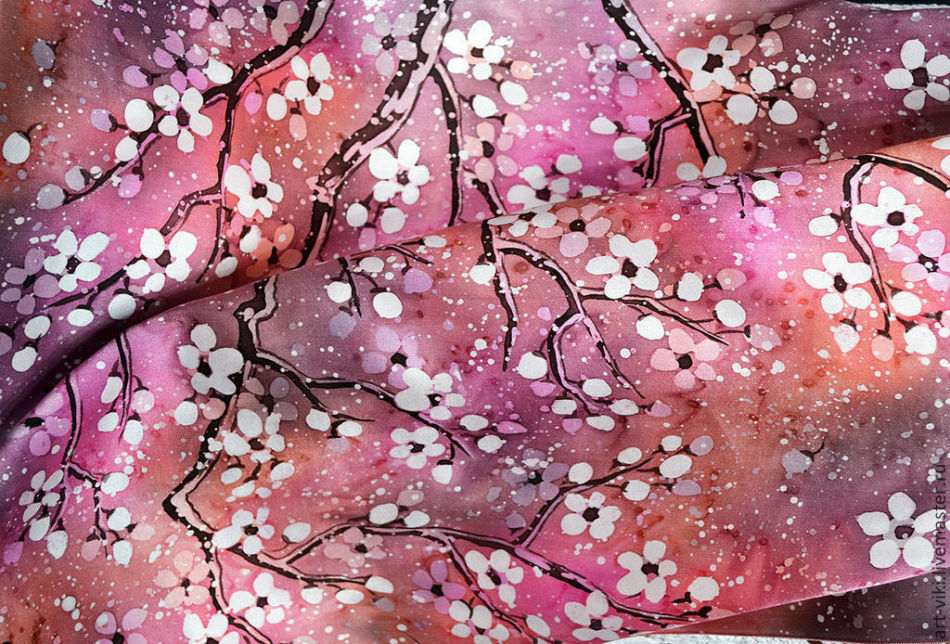 Silk scarf "Sakura".Batik
Silk scarf "Sakura".Batik  Batik, sakura
Batik, sakura 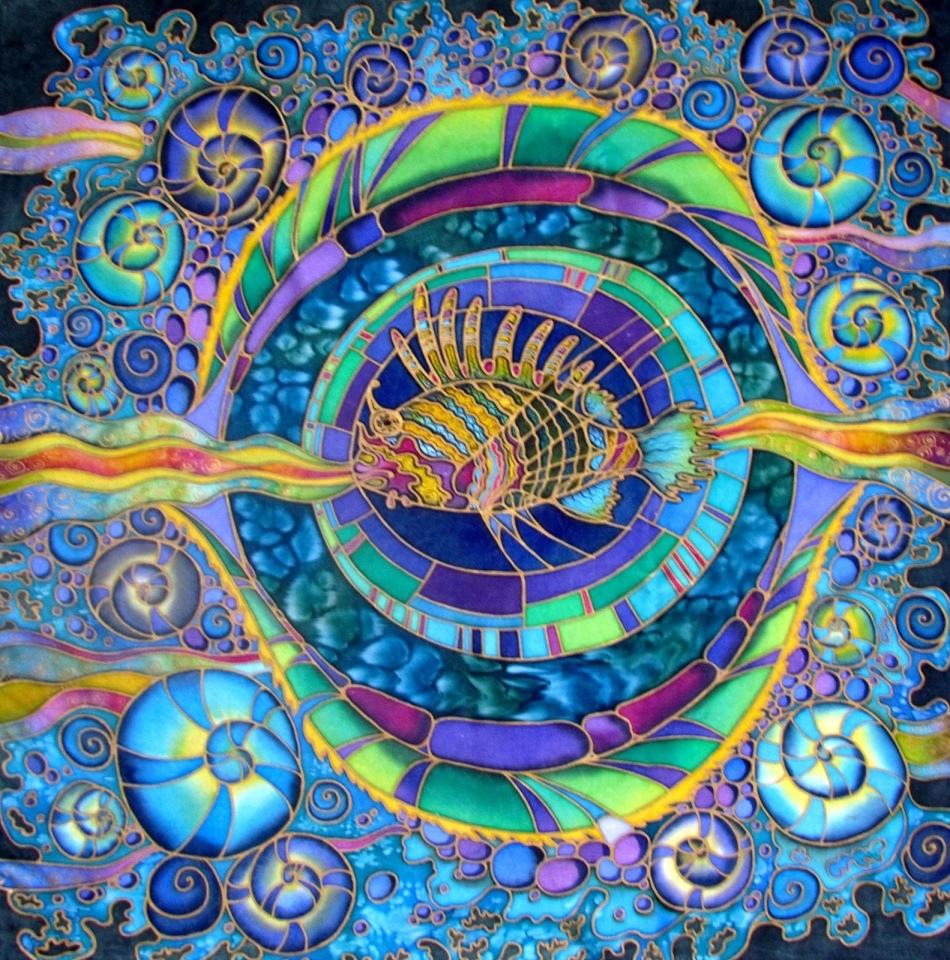 Scarf "Fish".Batik
Scarf "Fish".Batik 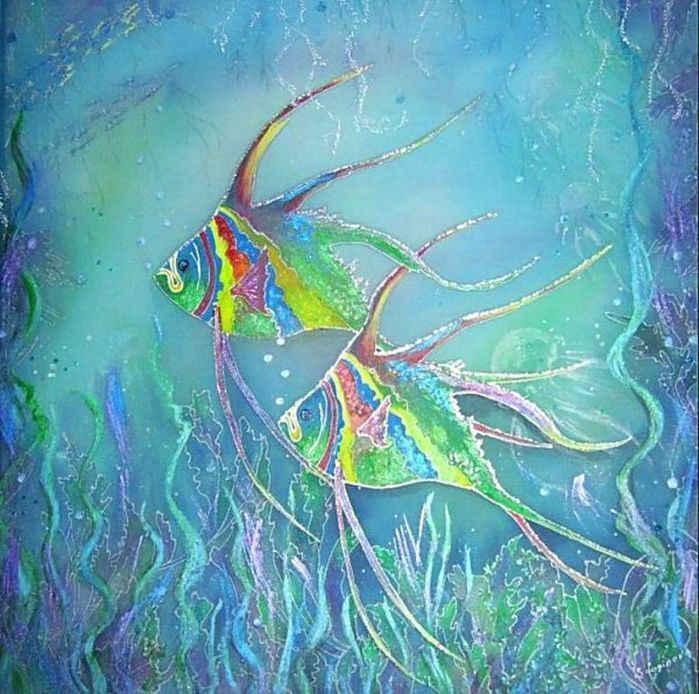 Painting on silk "Pisces"
Painting on silk "Pisces" 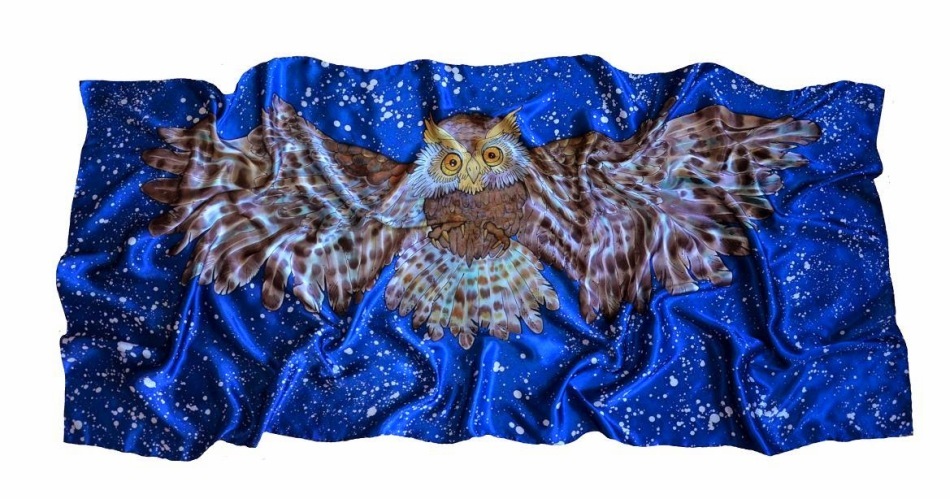 Neck shawl "Owl".Batik
Neck shawl "Owl".Batik 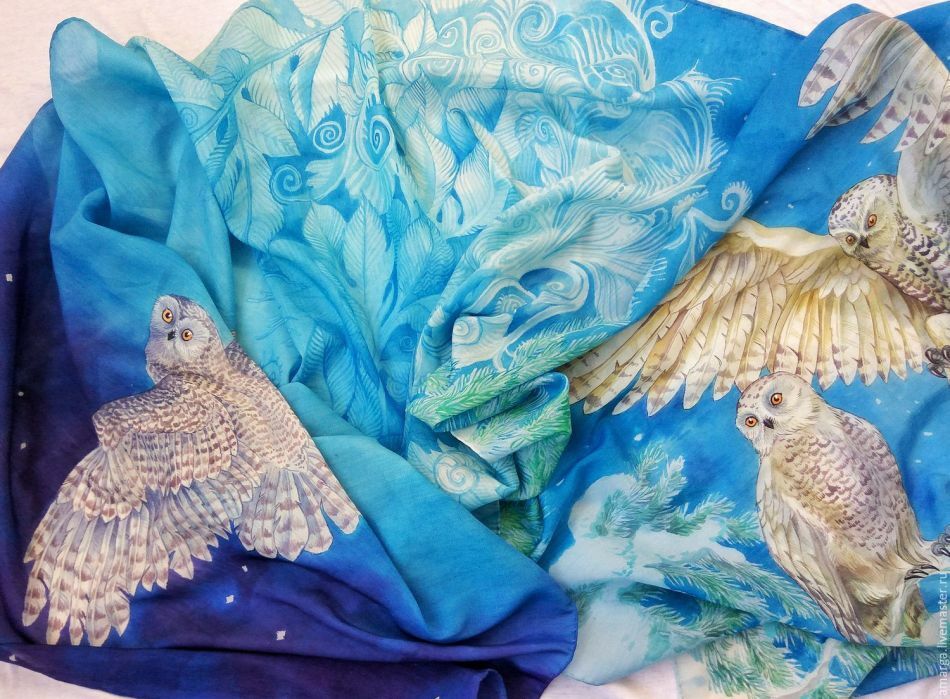 Owls, batik
Owls, batik  Batik, sea theme
Batik, sea theme  Batik, sea
Batik, sea 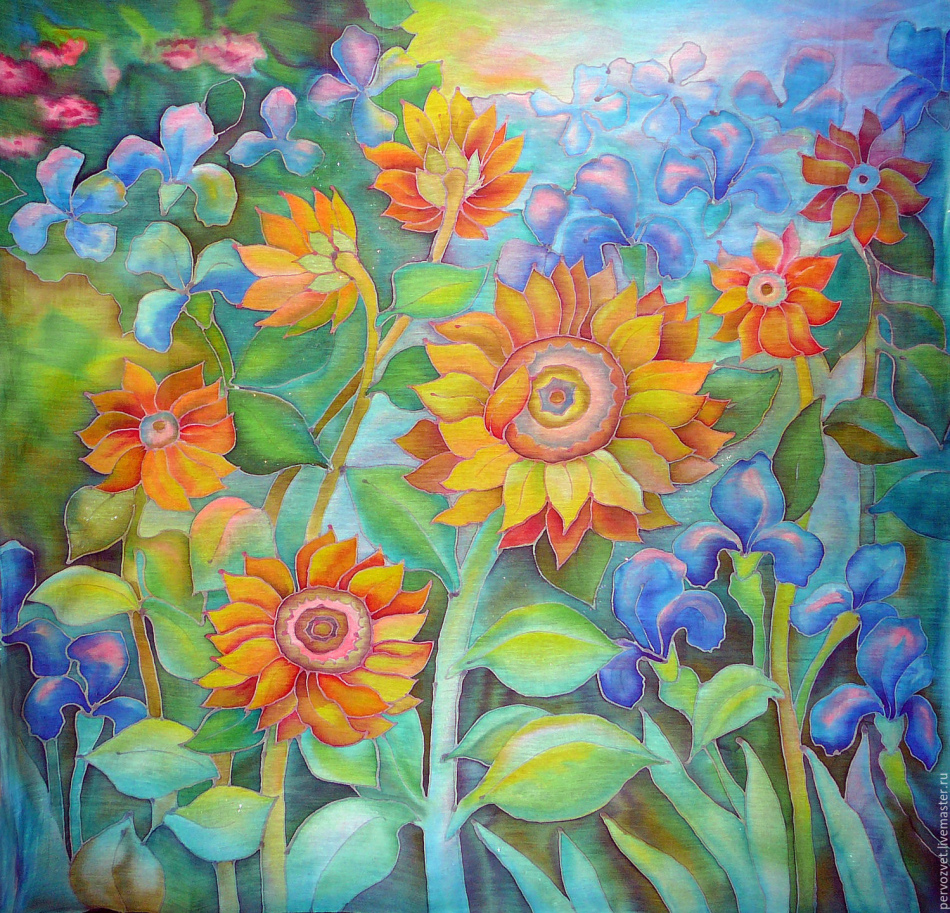 Shawl "Sunflowers".Batik
Shawl "Sunflowers".Batik  Sunflowers, batik
Sunflowers, batik  Silk scarf "Irises".Batik
Silk scarf "Irises".Batik  «Blue irises».Batik
«Blue irises».Batik Batik in the interior: ideas, photos
 Batik in the interior, painting
Batik in the interior, painting 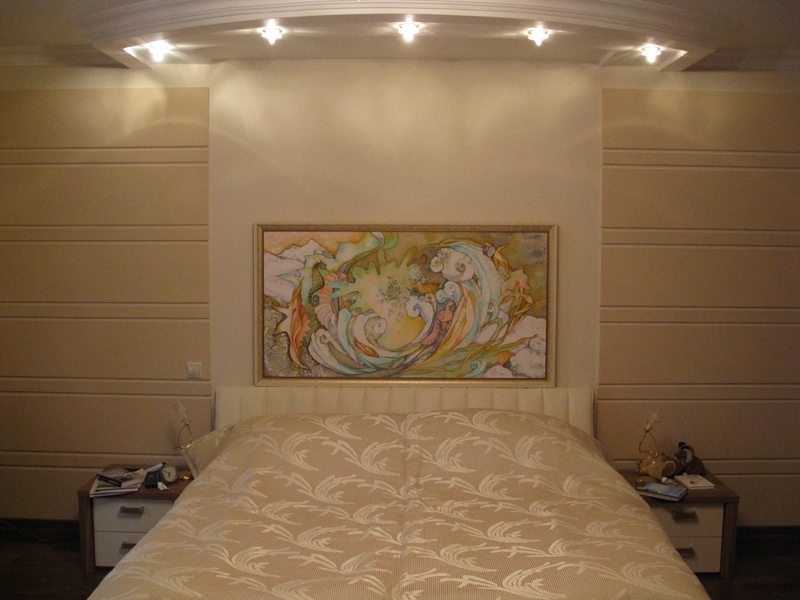 Batik in the interior, ideas
Batik in the interior, ideas 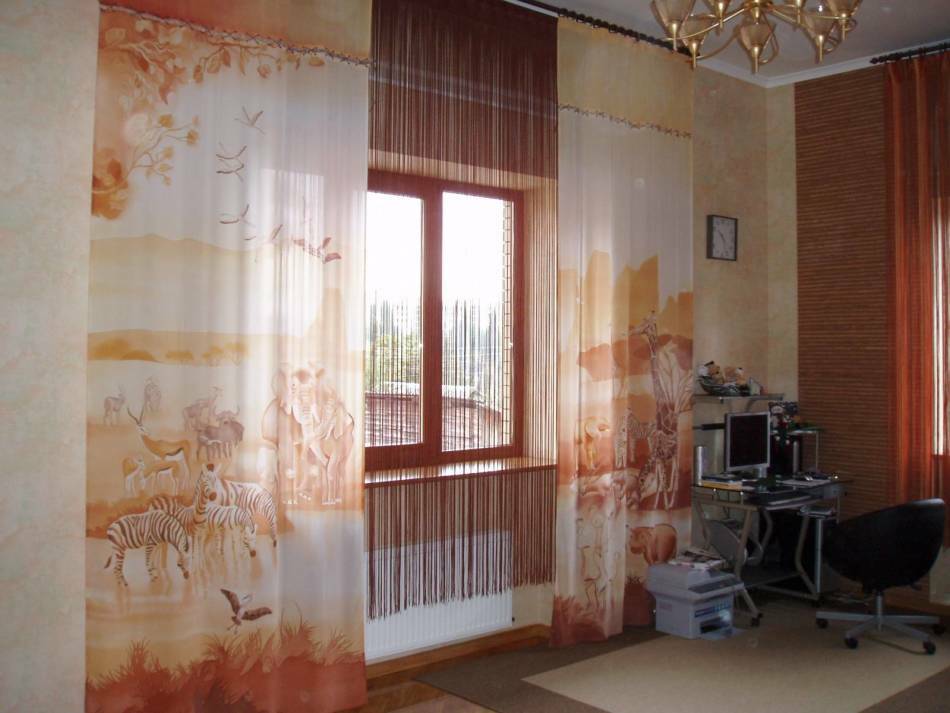 Batik curtains in the interior
Batik curtains in the interior 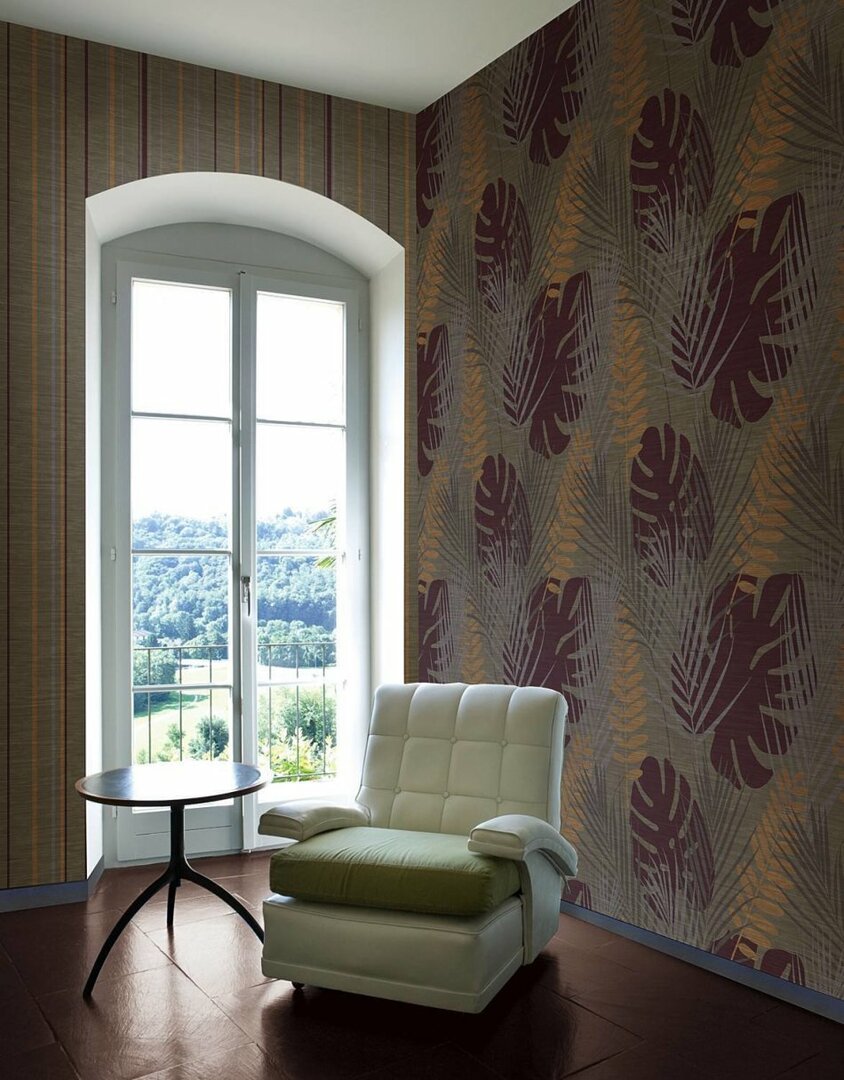 Batik wallpapers
Batik wallpapers  Batik in the interior. Pillows
Batik in the interior. Pillows Batik on a T-shirt: ideas, photo
 Batik on a T-shirt
Batik on a T-shirt 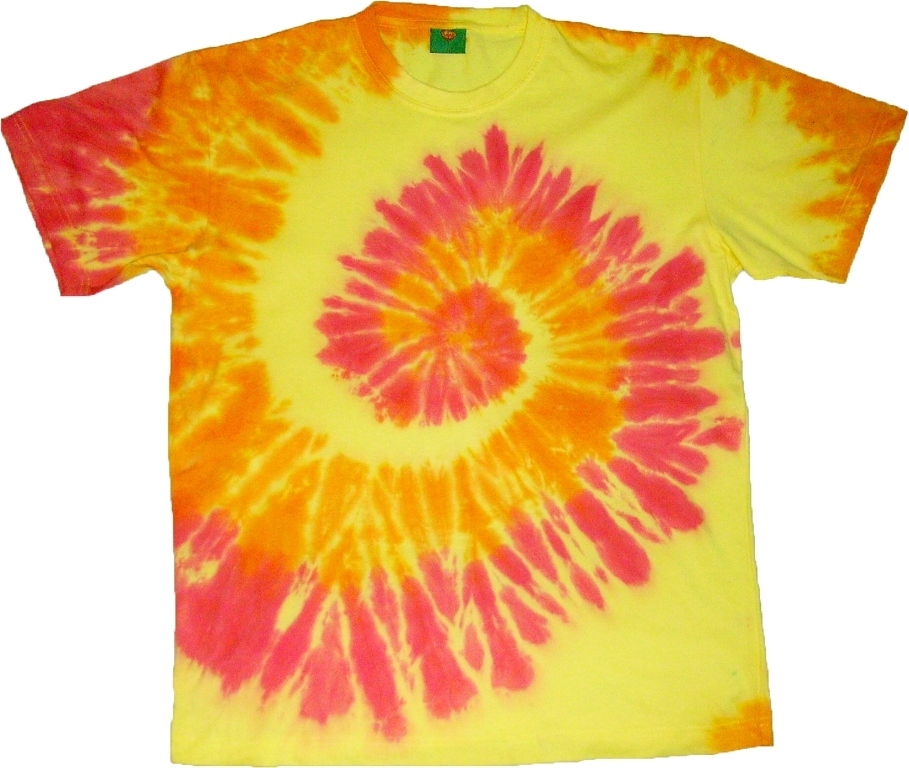 Batik on a T-shirt, knotted technique
Batik on a T-shirt, knotted technique 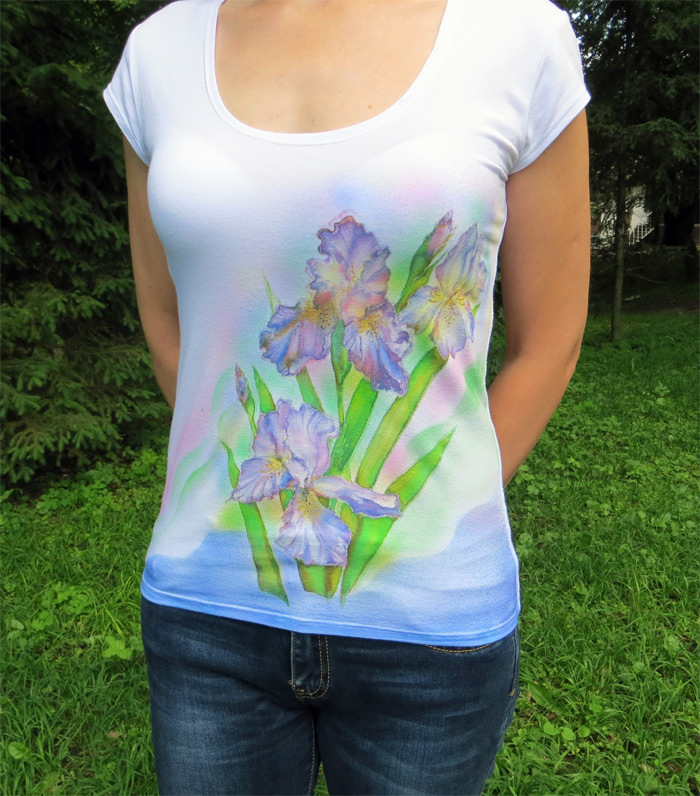 Batik on a T-shirt with his own hands
Batik on a T-shirt with his own hands 